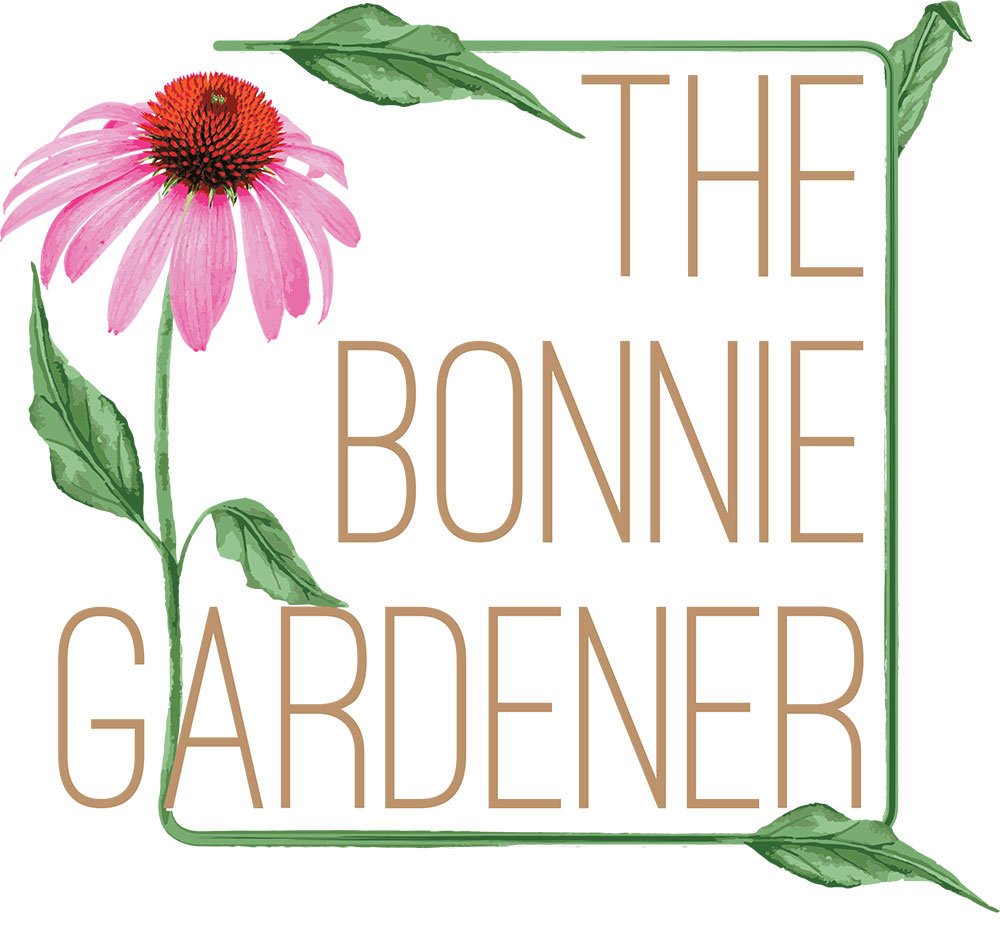Book review: The Secret Lives of Garden Bees, by Jean Vernon
Nobody loves bees more than gardeners. These valuable creatures pollinate so many of our flower and food crops, and it is devastating to read press articles about their marked decline and the role that humans play in that by using pesticides, insecticides and destroying natural landscapes such as hedgerows and wild flower meadows.
The bees we see in our gardens extend far beyond the commonly known bumblebee and the honeybee. There are in fact around 276 species of bee in the UK, and while 25 of these are bumblebees, the others are different types of solitary bee, all of which feed on pollen and nectar and act as vital pollinators.
If you’ve ever wanted to find out more about bees and ways that you can help them by gardening, then a book I have recently read called ‘The Secret Lives of Garden Bees’ (buy it on Amazon) by Jean Vernon is a fantastic place to start.
Jean starts her incredibly factual and well-researched book by introducing us to the different types of bee you will find in the garden, categorising them into ginger bees, mining bees, leaf-cutting bees and fussy-eating bees, amongst others. She teaches us how to identify different types of bee, how to tell them apart from other bees and flying insects, and most importantly, what we can do to help these incredible insects. The book, helpfully, is filled with colourful photographs which are so useful for referring to when you see a new bee that you want to identify when you are out in the garden or in nature.
Jean has an infectious enthusiasm for these creatures, and the book explores lots of fascinating topics, with chapters including ‘bee behaviour’, ‘bee food’ and ‘hostile gardens’ before addressing ‘plant intelligence’ and ‘bee-good plants’ – two subjects that I as a gardener, am incredibly interested in.
I’ve always known that some plants are more beneficial than others to bees. For example, single flowering plants are better than double flowering plants to enable access to nectar, and early and late flowering plants are helpful in order to extend the season of food collection for bees. However, I wasn’t aware that some plants can actually be detrimental, and I was amazed to read that Acanthus mollis (Bear’s breeches) – a plant I absolutely adore for its structural interest – can actually capture bees when they try to pollinate it. The reason for this is that this plant comes from the Meditarranean where it is pollinated by large bumblebees. Jean says “the bees need to be strong enough to force their way through the cage-like bracts surrounding the flower. ..It can be a death trap to some of our UK bees. Take a close look at the skeleton of the flower when the petals fall and you may well find bee bodies within it. It commonly attracts the long-tongued Garden bumblebee to its nectaries; these large bees are strong enough to climb in for the nectar reward but can’t always climb out again, so die inside the cage-like flowers.” It will certainly make me think more carefully before planting Acanthus again!
On a far more positive note, Jean also looks at some of the best plants for garden bees, including which of these are easy to grow from seed. She highlights Cosmos, Echium, Borage and lots of other herbs including Marjoram, Thyme and Rosemary as some of the best plants you can grow in your garden to do our bees a favour and provide them with a plentiful supply of food. The planting chapter is a great way to learn more about which flowers our bees enjoy, and how we can improve our gardening habits and plant choices to benefit these creatures.
She also touches on the importance of garden weeds. Since starting a diploma in Herbology at the end of last year, I definitely have a new take on many of our garden ‘weeds’ – so many of them have incredible properties and make wonderful healers. I now love them all the more after reading Jean’s words – “If you love bees and pollinators and want to do more for them then you need to rethink your take on weeds”. She says “dandelions are a perfect example of this. These bright cheery yellow flowers are the harbingers of spring. If they weren’t such a common plant… we might actually revere them as a fantastic garden plant….these flowers are nothing short of a miracle plant when it comes to the bees and other pollinators. “ Other plants, or ‘weeds’ that she mentions which are really beneficial for our garden bee population are daisies and clover. So the key take away is not to bother removing these from your lawn!
Overall I thought this was a wonderful book, full of helpful tips and facts about bees. I will certainly be using it as my reference guide going forward. Jean’s love and admiration for these fantastic insects really shines through. It is well worth a read!

